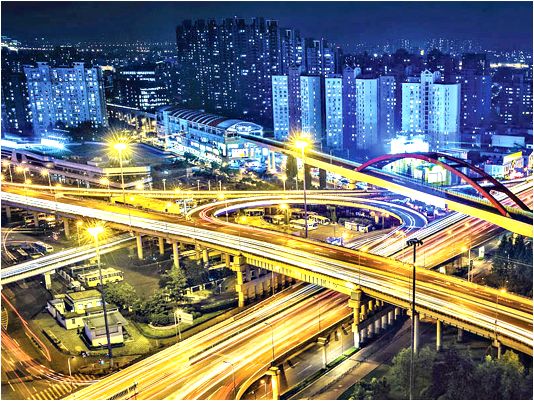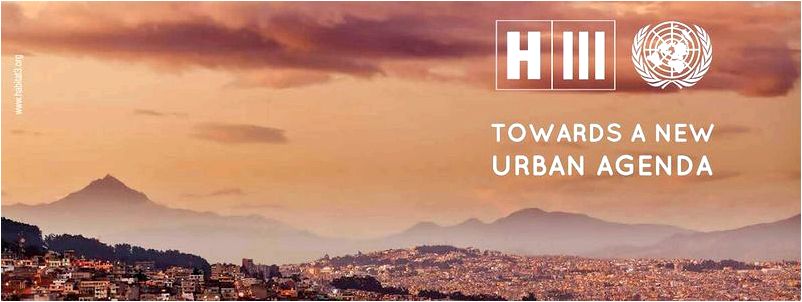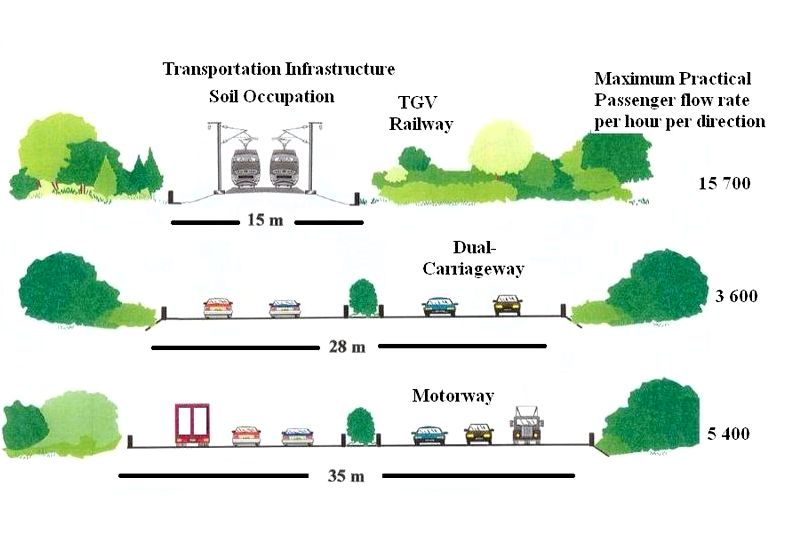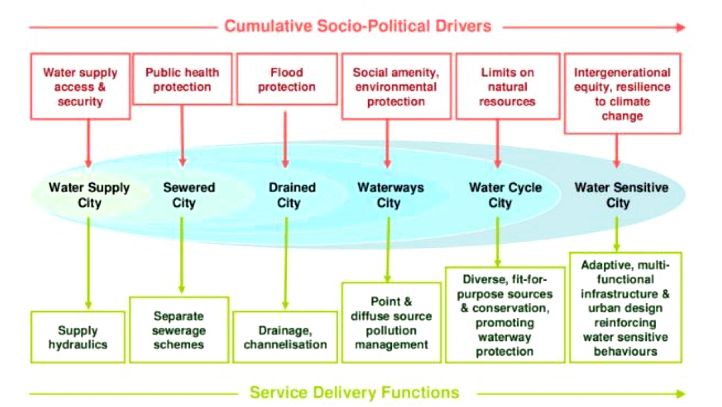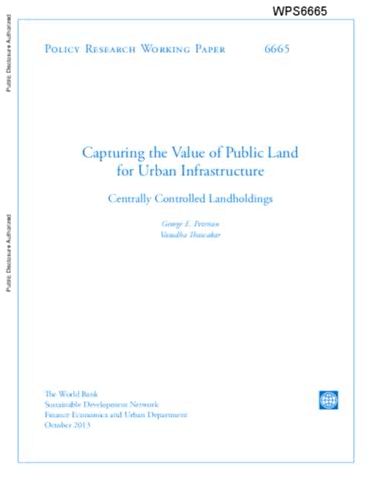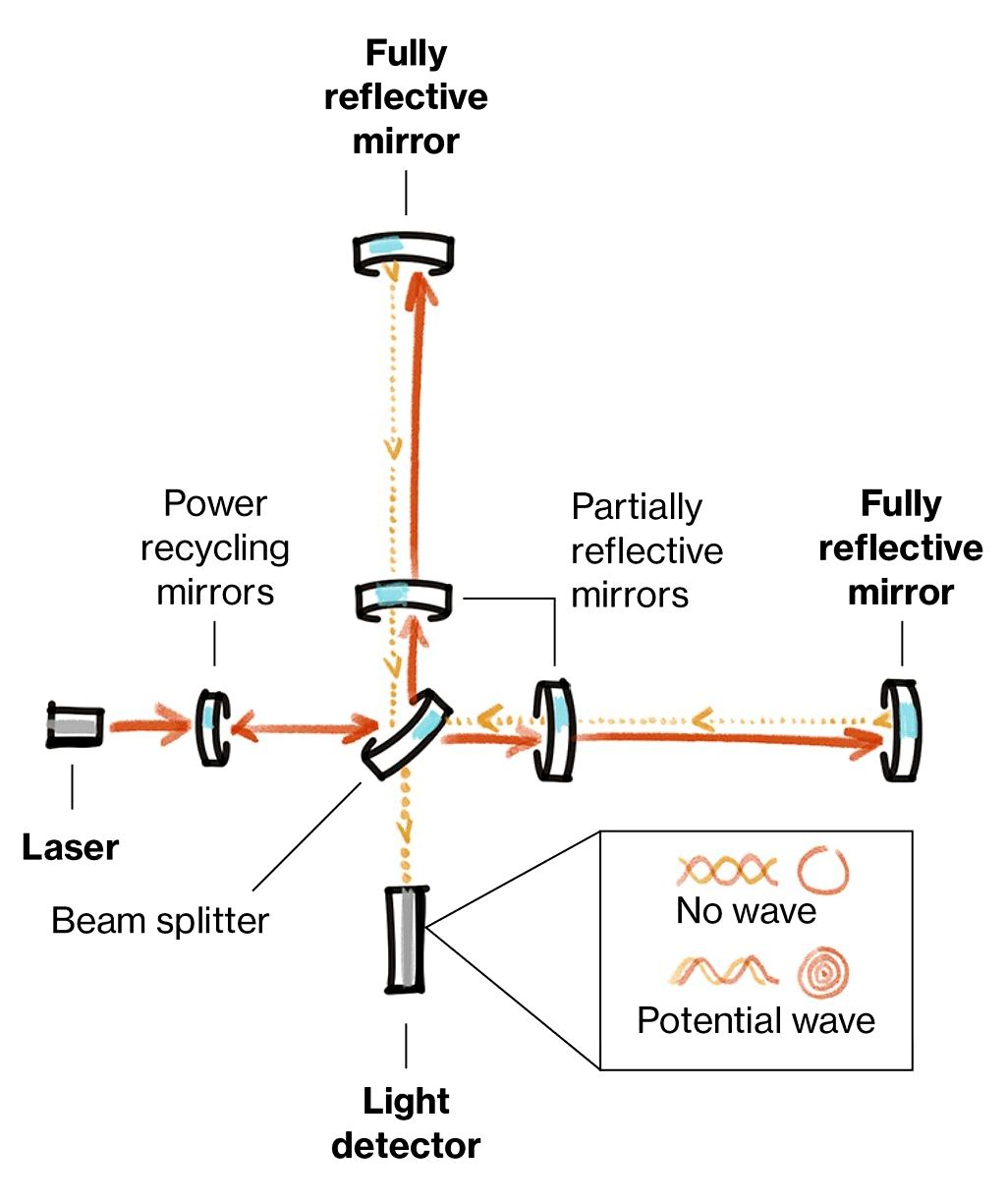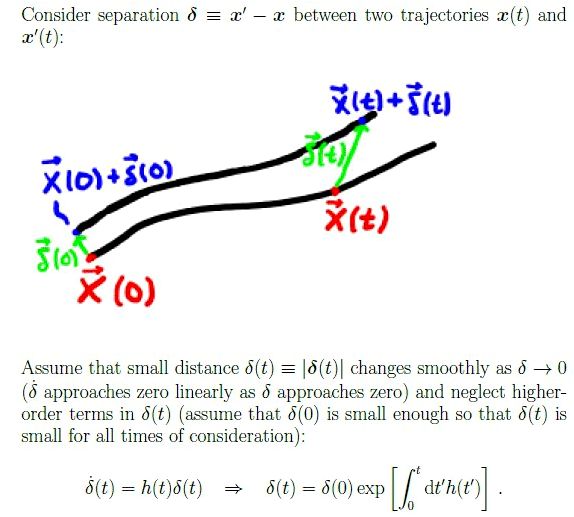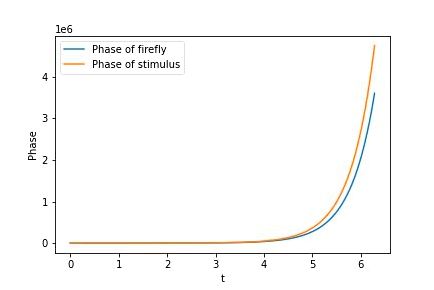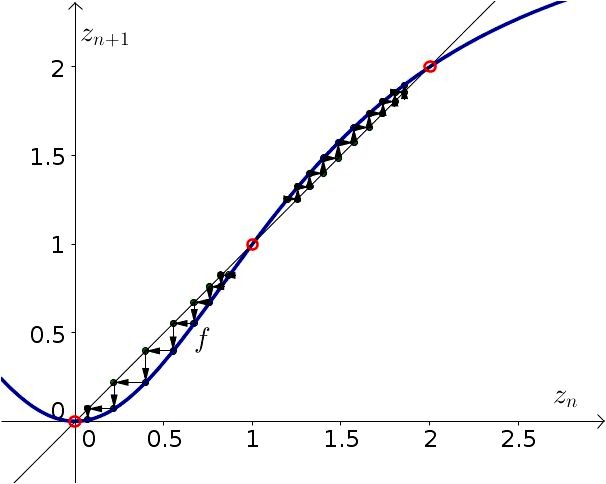Nicholas Papayanis and Rosemary Wakeman
The urban infrastructure is analogous to the internal frame of a building: as the frame is the underlying structural support for the building, the urban infrastructure is the underlying structural foundation of a city. Cities from the earliest times have had infrastructural amenities—roadways and sewers, for example—and all infrastructural development involves the provision of public services and the use of public spaces that are deemed essential for the ability of people to live in the city. Over time an increasingly accepted notion was that circulation of air, sunlight, commerce, vehicles, water, waste matter, people, and even knowledge was as essential to the healthy operation of the city as, to employ another analogy, blood circulating through the human body. What marks the development of the modern infrastructure since the nineteenth century is its close association with technological development, industrialization, and the dramatic growth of city populations. While definitions of the urban infrastructure may include any and all public services, the essential elements of the urban infrastructure during the nineteenth century, the formative period of the modern city, consist of new streets and boulevards, mass transit, new sewage systems, and the provision of gas, water, and electricity. The net effect of these infrastructural developments is the creation of the modern city as a circulatory system designed to move people and material products rapidly and efficiently, both above- and belowground.
Continue reading “The Urban Infrastructure”
